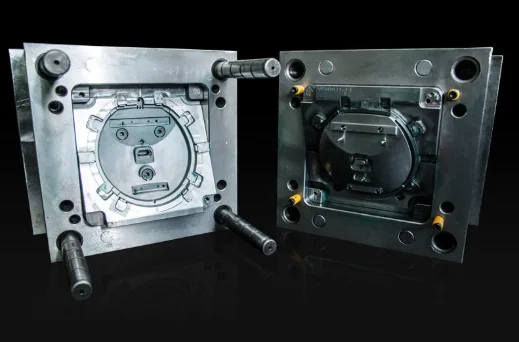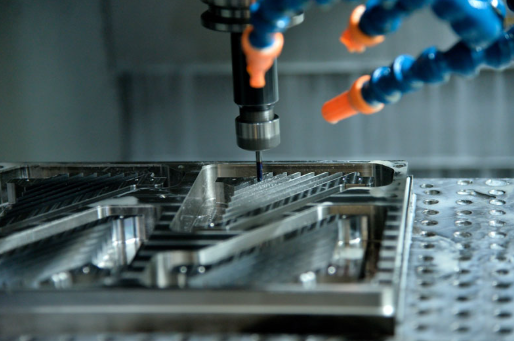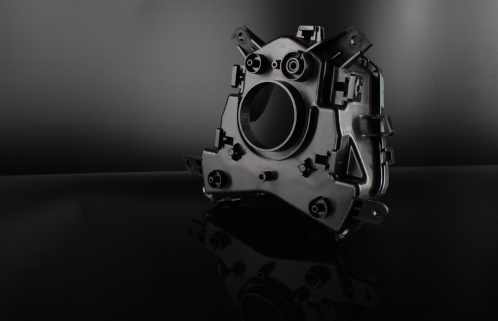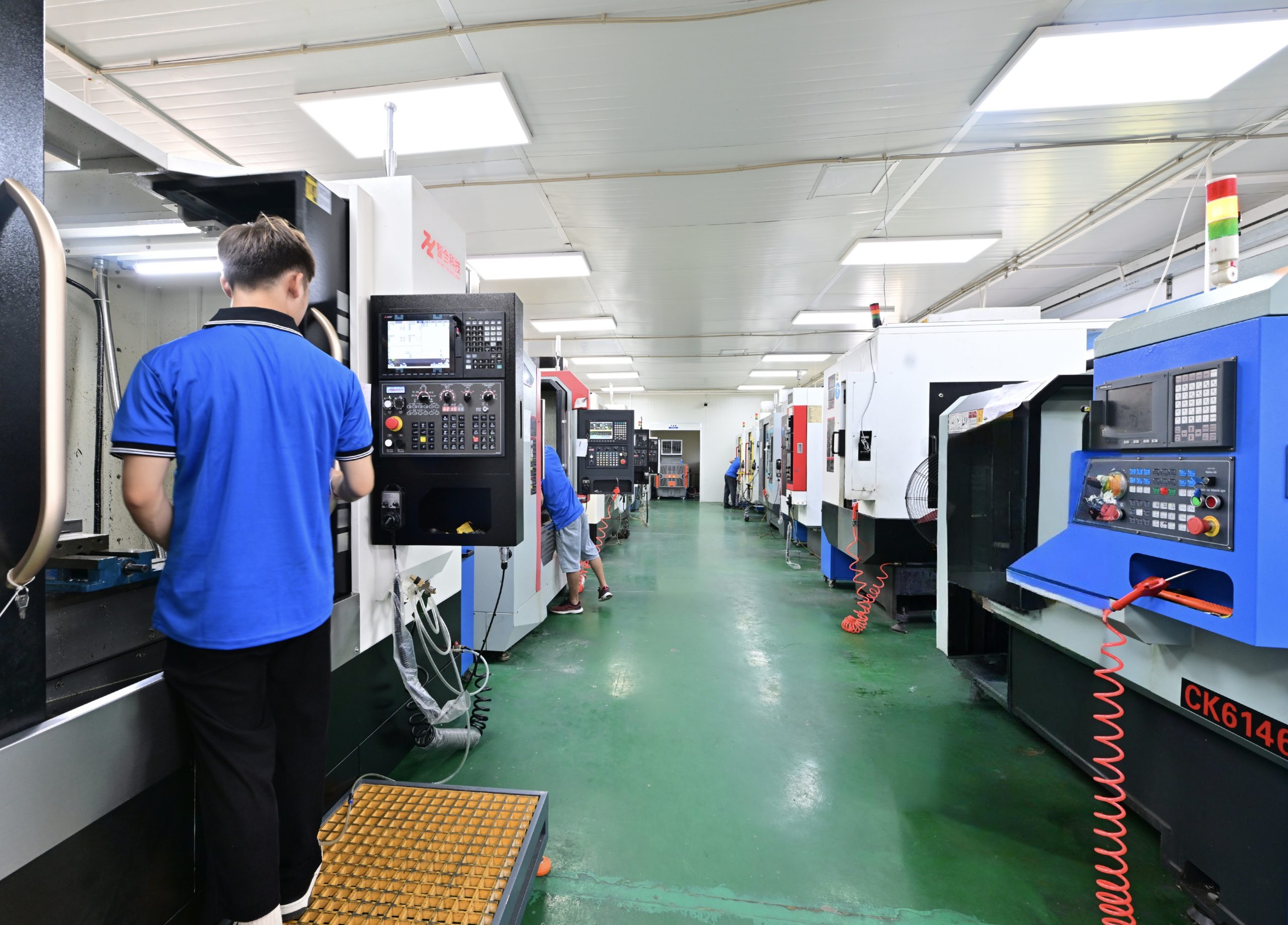The basic definition of rapid tooling is the creation of a molding cast with very short notice. The science used for this technology was created back in the ’90s. A team of engineers in the USA was looking to optimize the procedures to create a mold since the time frame to create a new one usually took months. They came up with a solution that allowed them to create patterns in a matter of days to develop new products in the hundreds. This new development helped manufacturers to get ahead with their clients as the final mold was created. Rapid tooling is used these days to create inserts in a finished product such as the core and the cavities. Most rapid tooling molds can be used now to craft thousands of parts as well.
Table of Contents
ToggleWhat do I Need to Know About Rapid Tooling Before Getting Started?
Modern technology has established different types of rapid tooling. Each one of them has unique benefits to offer based on the materials you need to handle. Most of these manufacturing methods offer practicality based on the type of technology you are using. The level of accuracy you need for each part, as well as the consistency. It is important to remember that rapid tooling works with certain limitations in place, so it is best to keep these observations in mind:
- For starters, the mold ought to be sturdy enough to handle injection molding procedures. These devices measure their strength by the pound per square inch, and they clamp two parts of the mold to create the product. They also have to be able to withstand high temperatures since most of the time, they will handle molten plastic. If the mold is not durable, it won’t last.
- The second thing you need to oversee is that molds need to have a smooth finish on the inside, so each part created with it can be ejected without problems and with a clean surface. Some rapid tooling procedures handle materials in layers. Most manufacturers are used to manage this by putting extra work on the mold with additional phases of development.
- The last observation has to do with the tolerances of the mold. Most molds don’t have tight tolerances, and they need additional adjustments. If you are developing plastic injection molded products, the mold ought to have a tolerance of +1,001 to avoid leaks. Leaked materials are one of the first sources of waste that affect the output of a mold.
The Most Common Methods of Rapid Tooling Used in the Market
Now that we know some of the most important bits about rapid tooling, we can move forward with a quick check-up on the methods that are most commonly used in the market. Keep in mind that we have chosen these options based on popular demand from a vast selection of manufacturers in mainland China.
· 3D Printing
3D printing is probably the most popular method of rapid tooling in the world right now. It has become so mainstream that even amateur level users can do it at home. The evolution of this manufacturing method is ongoing, and it doesn’t seem to stop. Workshops are handling additive manufacturing tasks with 3D printing technology since it’s becoming cheaper, and the quality remains unaffected. This manufacturing method has too much going for it to be ignored. Some of the main advantages are that molds can be created pretty quickly. They also are very cheap to make, and the devices used for this type of tooling have an incredible range to handle intricate designs and angles. The only downside to 3D printing is that the technology needs to catch up when it comes to tolerances, and the fact that you can’t get large production runs out of the molds created with this method.
· Laser Sintering
You can create fused products using metals and plastic resins using a fusion process named sintering. This solvent is often used for rapid tooling procedures to make more durable products. Sintering takes hold when metal powder is sprayed on the surfaced of a finished piece using lasers. The heat levels of these allow the technician to shape the mold in any form you need. This manufacturing method is precise, clean, and powerful. It can be useful to handle heavy materials such as stainless steel, cobalt-chromium, and titanium. When you make the mold using this procedure, you will have complete control over transfers of heat, clamping pressures, and ejection times. You will also be able to print the cooling lines on the mold to make the production cycles faster and more efficient.
· Traditional Machining
Traditional machining protocols have been changed to adapt modern rapid tooling. Most workshops have increased the speeds of development to be more competitive in a crowded market where churning out finished products on time is valued more than anything else. Rapid tooling is often used to create any product that demands a quick turnaround time. While this adaptation is positive in the long run, it doesn’t come with a few limitations. Some issues have to be sorted out when it comes to the geometry of complex parts as well as the shapes of the cavities since they can only be created using the tools available to the workshop. Depending on the task, this procedure could be costly if you need to buy new tools to make them work.

